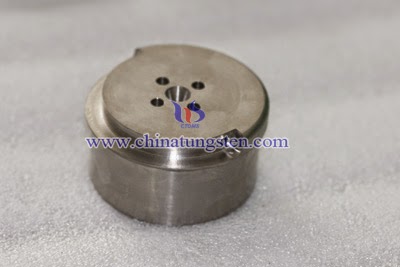The area over which the electrons from the
cathode strike tungsten alloy anode is referred to as the focal spot. The
cooler the anode can be kept, the smaller the focal spot can be and the greater
the image detail that is possible. If a high X-ray output is required, a larger
focal spot would be needed to mitigate the temperature increase.
In the early tubes the angle of the target
was usually 45 degrees (see figure below left). Later tubes often employed the
so-called line-focus principle in which the target angle was closer to 20
degrees (see figure below right). This reduced the effective area of the focal
spot (as viewed from the perspective of the object being x-rayed permitted)
without significantly affecting the area of the anode bombarded by the electron
beam from the cathode. In other words, it permitted high loading (x-ray
intensity) without having to sacrifice image details.
































